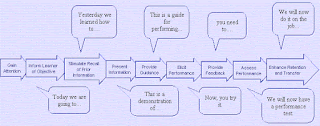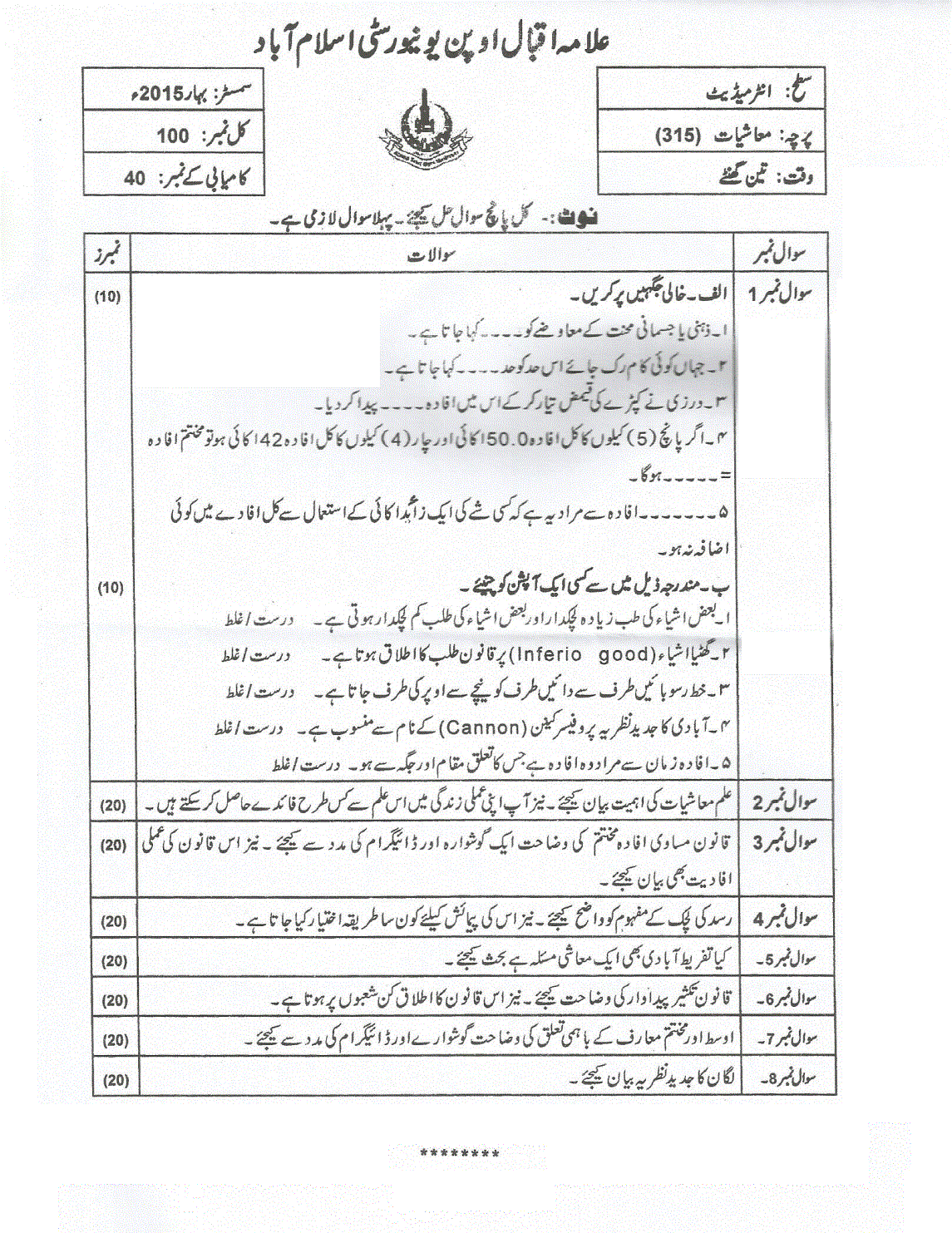Mother Tongue Teaching and Pakhtunkhwa
The government of Khyber Pakhtunkhwa decided to introduce Pashto as compulsory subject. Some thinks that it should be the medium of instruction at primary level. I don't know what this mean and what the government wants to, especially in the condition their own children are getting education in completely high class English speaking environment, At national, international and foreign school. I don't want to say anything more on it. First I want to describe what is mother tongue.
Mother tongue
A first language (also native language, arterial language, L1, mother tongue, or native tongue) is the language(s) a person has learned from birth or within the critical period, or that a person speaks the best and so is often the basis for sociolinguistic identity. In some countries, the terms native language or mother tongue refer to the language of one’s ethnic group rather than one’s first language. (Wikipedia)
The term mother tongue should not be interpreted to mean that it is the language of one’s mother. In some paternal societies, the wife moves in with the husband and thus may have a different first language than the husband. Mother in this context originated from the use of “mother” to mean “origin” as in motherland. (Wikipedia)
* Based on origin: the language(s) one learned first (the language(s) in which one has established the first long-lasting verbal contacts).
* Based on internal identification: the language(s) one identifies with/as a speaker of;
* Based on external identification: the language(s) one is identified with/as a speaker of, by others.
* Based on competence: the language(s) one knows best.
* Based on function: the language(s) one uses most. ( Wikipedia)
* Based on internal identification: the language(s) one identifies with/as a speaker of;
* Based on external identification: the language(s) one is identified with/as a speaker of, by others.
* Based on competence: the language(s) one knows best.
* Based on function: the language(s) one uses most. ( Wikipedia)
Multilinguality
One can have two or more native languages, thus being a native bilingual or indeed multilingual. The order in which these languages are learned is not necessarily the order of proficiency. For instance, a French-speaking couple might have a daughter who learned French first, then English; but if she were to grow up in an English-speaking country, she would likely be proficient in English. Other examples are India and South Africa, where most people speak more than one language.
Dying languages in KP
As the linguistics expert, Dr Tariq Rehman of Quaid-i-Azam University once wrote, language represents the identity of a nation or an ethnic group, but this identity gets eroded when a language is dead or dying out.
This is exactly what is going to happen to many languages in Khyber Pakhtunkhwa because the people left speaking and understanding them are dwindling fast, Fakhruddin Akhunzada, a linguist, tells Dawn.
As the linguistics expert, Dr Tariq Rehman of Quaid-i-Azam University once wrote, language represents the identity of a nation or an ethnic group, but this identity gets eroded when a language is dead or dying out.
This is exactly what is going to happen to many languages in Khyber Pakhtunkhwa because the people left speaking and understanding them are dwindling fast, Fakhruddin Akhunzada, a linguist, tells Dawn.
One-fifth of the 30 languages spoken in Khyber Pakhtunkhwa will die out in the next couple of years because there are only several hundred persons left speaking these languages.
These dying languages – Yidgha, Ushojo, Gawro, Kalasha, Gawarbati and Badeshi – are spoken in the hilly areas of Kohistan, Chitral and Swat districts, which are already lagging behind the rest of the country in terms of social service delivery. This was revealed at a two-day Khyber Pakhtunkhwa Languages and Cultural Conference organized last week in Peshawar by the Gandhara Hindko Board, a literary-cum-welfare organization involved in the preservation of the Hindko language and culture since the 1990s. The conference coincided with the 31st National Games in Peshawar
Education in the mother language, of which the Khyber Pakhtunkhwa government has taken a decision, was the issue of focus during the two-day moot.
According to the decision, students will have to study the mother language as a compulsory subject from grade 1 to intermediate level. The problem, however, is with the limited options given to the people speaking the smaller, endangered languages.
Education in the mother language, of which the Khyber Pakhtunkhwa government has taken a decision, was the issue of focus during the two-day moot.
According to the decision, students will have to study the mother language as a compulsory subject from grade 1 to intermediate level. The problem, however, is with the limited options given to the people speaking the smaller, endangered languages.
The entire province has been divided into different zones where Pashto and Hindko – the two major languages – will be taught in public sector schools. In Peshawar`s rural areas Pashto will be the subject, while Hindko will be taught in urban areas.
“The decision of selecting one language for the entire district is irrational,” remarks Ziauddin, general secretary of the Gandhara Hindko Board.
“For example, five languages are spoken in Swat, whereas the government has selected Pashto as the compulsory subject,” says Mr Zia.
The moot adopted a couple of resolutions, which stressed upon the government to set up a languages and cultures authority to work for the preservation and promotion of the 30 languages spoken in Khyber Pakhtunkhwa.
Similarly, a demand was also made for establishing a Department for Khyber Pakhtunkhwa Languages Studies in all public sector universities of the province to facilitate research in native languages and literatures. (Dawn)
The conference asked the government to make efforts to preserve and promote the cultural heritage linked to the languages spoken in the province and evolve a cultural policy that protected all the cultures of the province.
The experts called for inclusion of all languages in the mother tongue column in the next census to know the exact number of their speakers.
They suggested that NADRA should also introduce all the languages in the mother tongue column in the application forms for acquiring the national identity cards as no such provision existed at present. (APP)
1981 census
According to the 1981 census, 68.30 per cent of the households in the NWFP, which in this case means the settled areas and excludes the Federally Administered Tribal Areas (FATA) of the province, speak Pashto. Hindko is spoken by 18.13 per cent of the households, followed by Seraiki with 3.95 per cent. Chitrali and Kohistani, spoken in Chitral and Kohistan districts, are included in the column “Others” which constitute 7.6 per cent of all languages. Punjabi is spoken by a little over one per cent of the households in NWFP, Urdu by less than one per cent, Sindhi by 0.05 per cent, Balochi by 0.04 per cent, and Brahvi by 0.01 per cent
1981 census shows that there are more than 30 % non Pashto speakers, who will suffer badly if Pashto is imposed on them. It is difficult for some areas to understand Urdu but in most areas where people love to watch Indian channels and movies it doesn’t matter. As mentioned that it is difficult for some areas to understand Urdu Pashto is already medium of instruction. The teachers in those areas teach in Pashto. Some areas also get books written in Pashto instead of Urdu.
According to the 1981 census, 68.30 per cent of the households in the NWFP, which in this case means the settled areas and excludes the Federally Administered Tribal Areas (FATA) of the province, speak Pashto. Hindko is spoken by 18.13 per cent of the households, followed by Seraiki with 3.95 per cent. Chitrali and Kohistani, spoken in Chitral and Kohistan districts, are included in the column “Others” which constitute 7.6 per cent of all languages. Punjabi is spoken by a little over one per cent of the households in NWFP, Urdu by less than one per cent, Sindhi by 0.05 per cent, Balochi by 0.04 per cent, and Brahvi by 0.01 per cent
1981 census shows that there are more than 30 % non Pashto speakers, who will suffer badly if Pashto is imposed on them. It is difficult for some areas to understand Urdu but in most areas where people love to watch Indian channels and movies it doesn’t matter. As mentioned that it is difficult for some areas to understand Urdu Pashto is already medium of instruction. The teachers in those areas teach in Pashto. Some areas also get books written in Pashto instead of Urdu.
The 1998 census showed that 73.9 per cent of NWFP’s population spoke Pashto, 3.86 per cent, largely in Dera Ismail Khan, spoke Saraiki, 0.97 per cent Punjabi, 0.78 per cent Urdu, 0.04 per cent Sindhi and 0.01 per cent Balochi. A significant 20.43 per cent people listed in the “Others” column obviously included speakers of Hindko (believed to around 18 per cent), Chitrali, Gojri and other languages. 73.9 per cent Pakhtuns in the census mentioned Pashto as their mother tongue, though there are many others in Dera Ismail Khan, including the Jadoons, Tarins, Mashwanis and Swatis in Hazara region and Miankhels, Gandapurs and Kundis, who are Pakhtuns but have forgotten Pashto. But they in forms write their mother tongue as Pashto. It means that the number of Pashto speakers are lesser than they seems.
Fortunately I was in one office where the record of books issued was on the table ,I intentionally took it and looked for the record of books issued on Pashto there I saw that almost 100% books of optional Pashto were returned because no student opted for Pashto. I think this may be the reason that government try to make it compulsory for the students. If anyone can provide the record of books issued for optional Pashto, Urdu and English please give it in the comments.
California referendum
Many were outraged in 1998 when Californian voters, by a 61% majority, imposed English as the state’s sole language in publicly-funded schools despite opposition from a coalition of civil liberties organizations.
Approval by referendum of Proposition 227, as it was called, meant resident foreign-born children, mostly Spanish-speaking, could no longer be taught in their own language. Instead, they would have an intensive one-year course in English and then enter the general school system. The move was watched closely nationwide because 3.4 million children in the United States either speak English badly or not at all.
The episode was not trivial. First of all, it showed the passions that anything to do with language stirs up. It also reversed a decades-long trend towards acceptance of the mother tongue and, more broadly, the benefits of multilingualism. .( The mother-tongue dilemma)
21 February has been proclaimed the International Mother Language Day by UNESCO on 17 November 1999.


Comments
Post a Comment